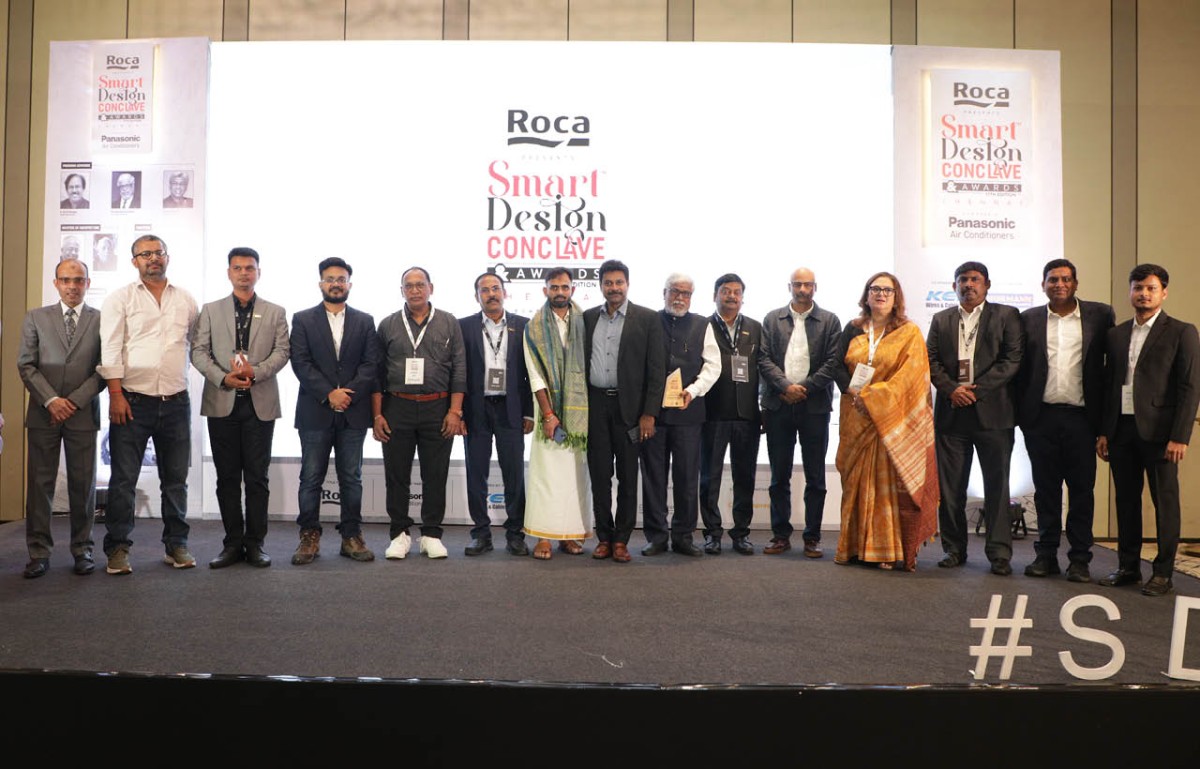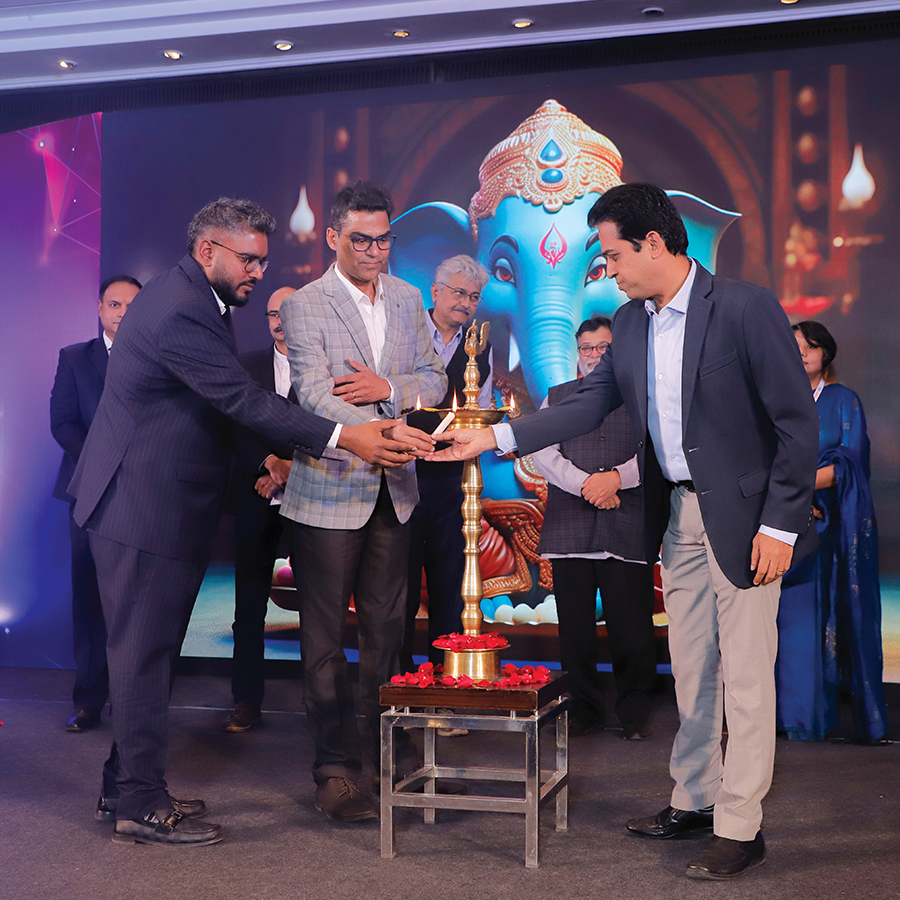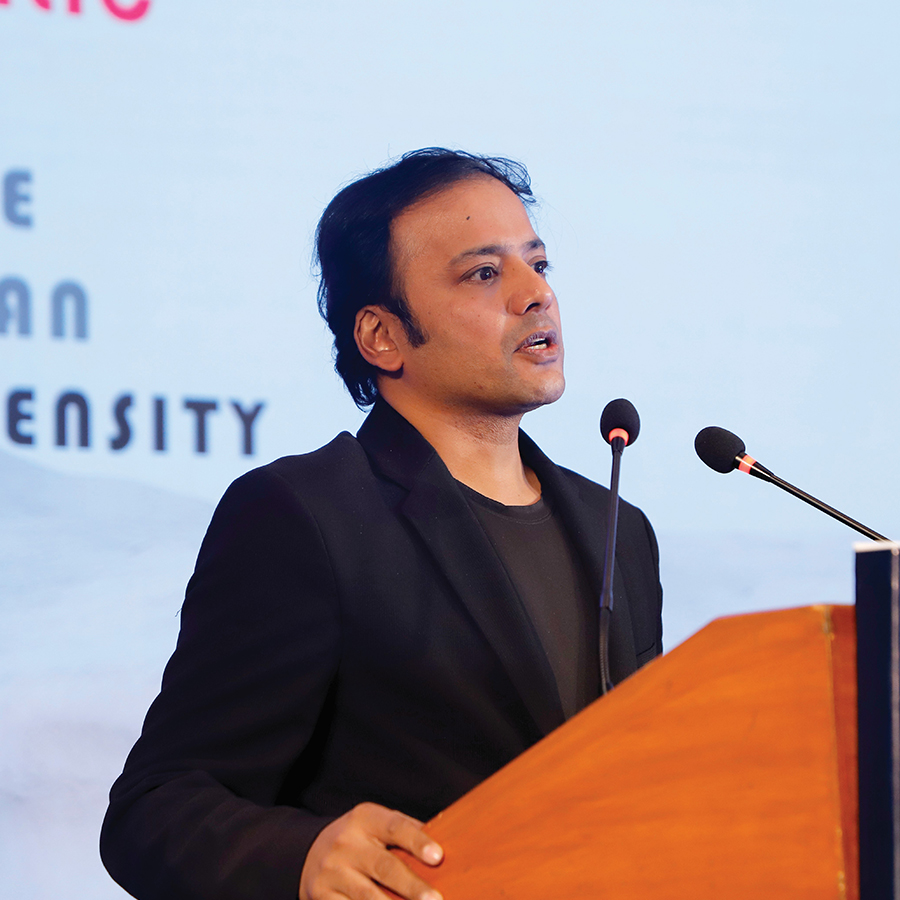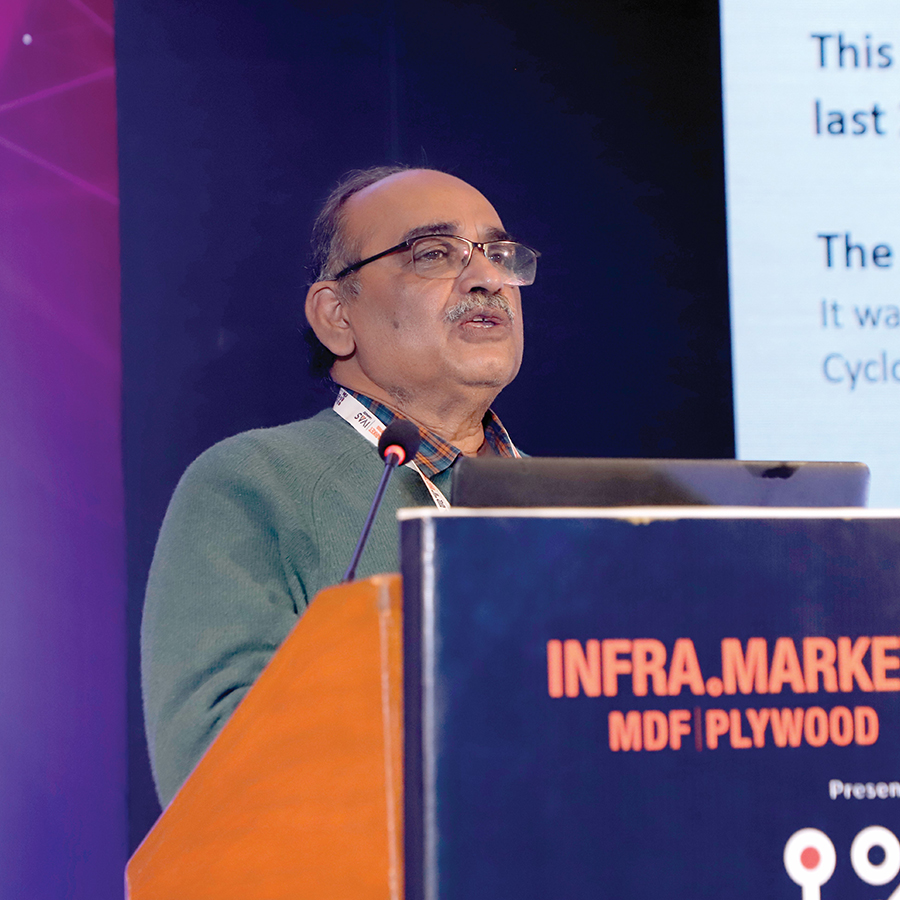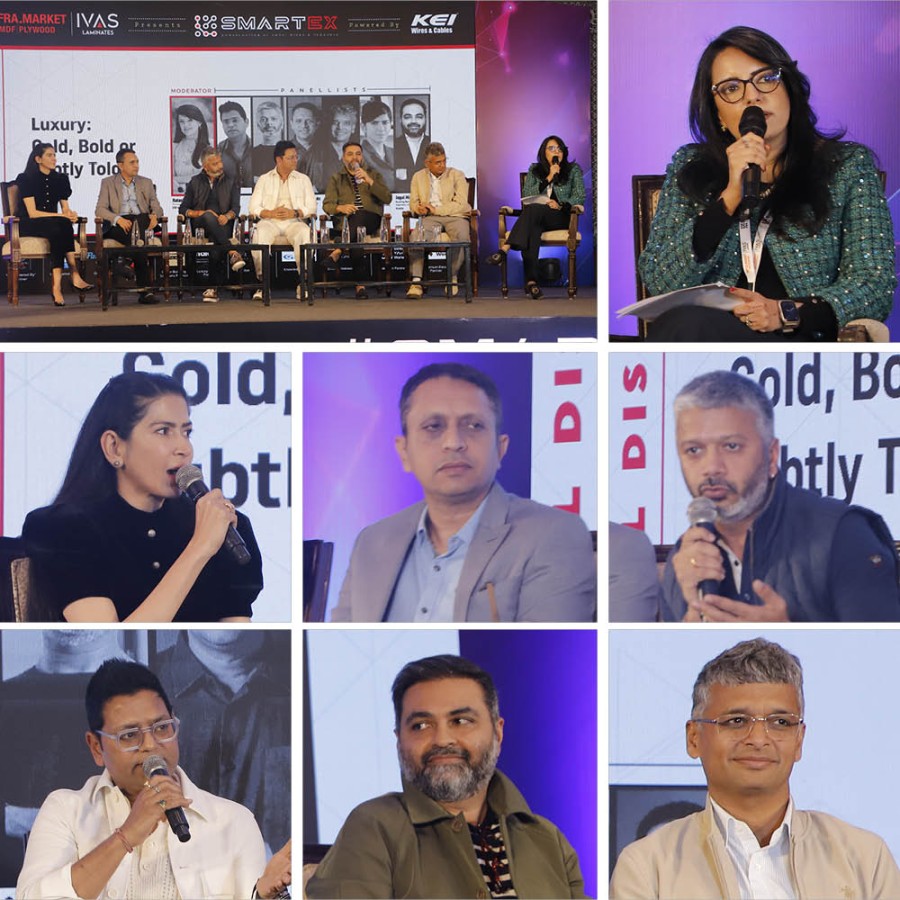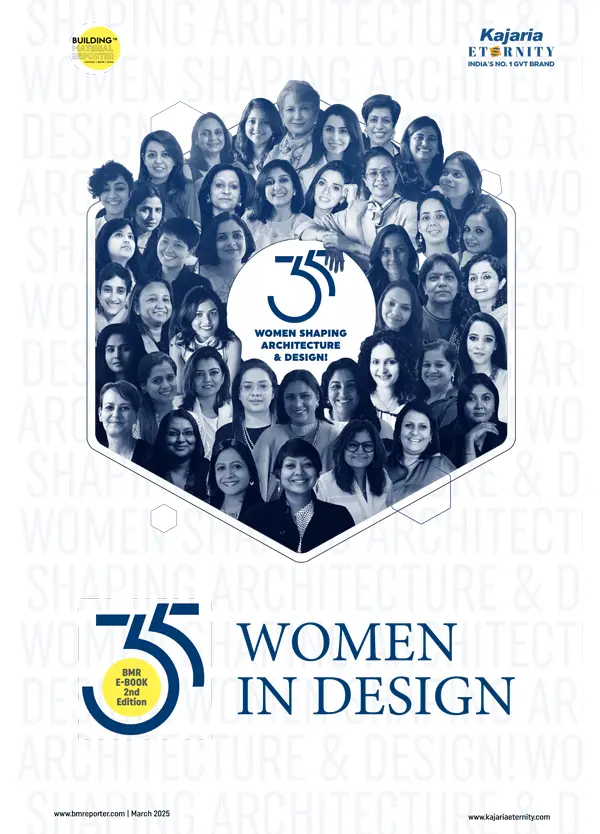The Future of Infrastructure: Where Technology Meets Construction
- August 7, 2025
- By: Syed Md. Ehteshamul Hasan
- NEWS
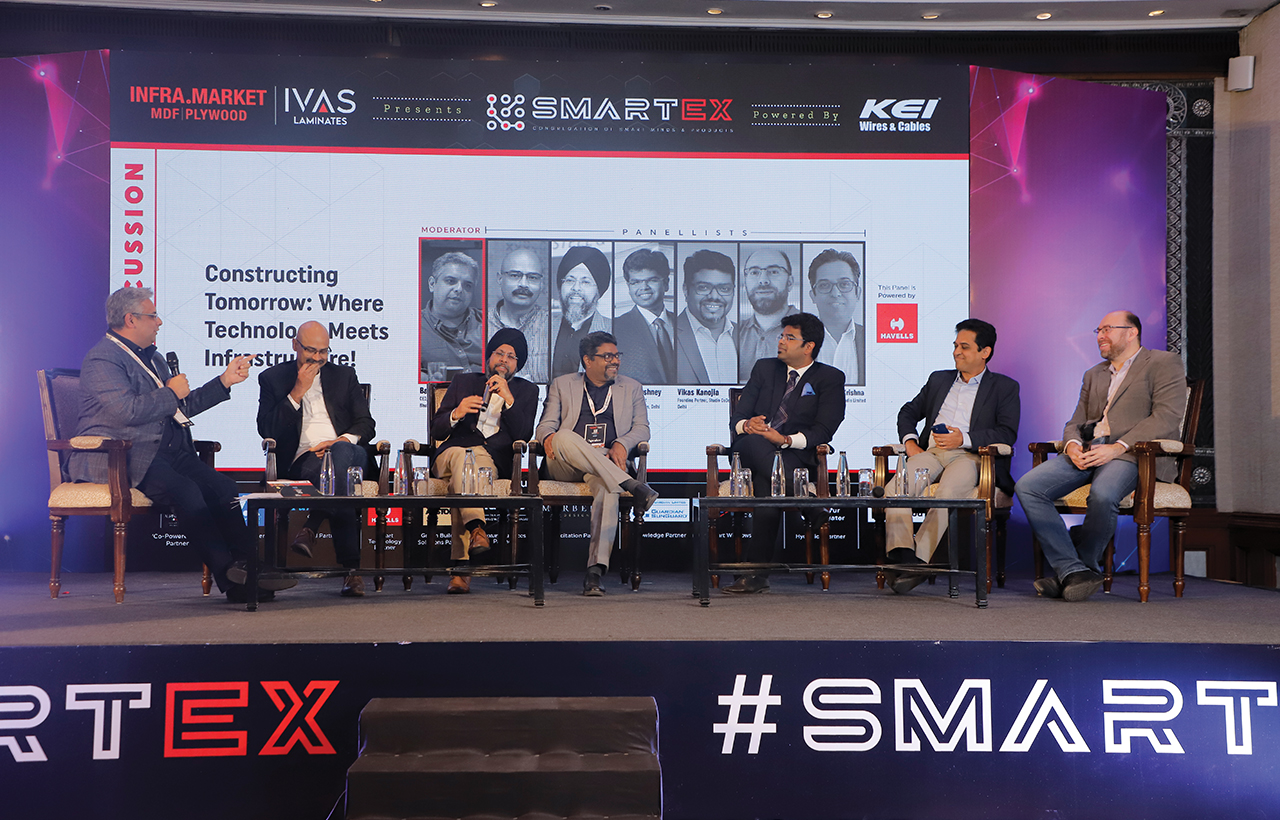 The rapid evolution of technology is reshaping industries across the globe, and the fields of architecture, urban design, and infrastructure development are no exceptions. Artificial Intelligence (AI) has emerged as a transformative force, redefining how we plan, design, and build the cities of tomorrow. From streamlining design workflows to enhancing data-driven decision-making, AI is poised to revolutionise the way we approach infrastructure projects. However, as with any technological advancement, its integration comes with challenges, including data authenticity, ethical considerations, and the need for multi-stakeholder collaboration.(Excerpts: Syed Md Ehteshamul Hasan)
The rapid evolution of technology is reshaping industries across the globe, and the fields of architecture, urban design, and infrastructure development are no exceptions. Artificial Intelligence (AI) has emerged as a transformative force, redefining how we plan, design, and build the cities of tomorrow. From streamlining design workflows to enhancing data-driven decision-making, AI is poised to revolutionise the way we approach infrastructure projects. However, as with any technological advancement, its integration comes with challenges, including data authenticity, ethical considerations, and the need for multi-stakeholder collaboration.(Excerpts: Syed Md Ehteshamul Hasan)
In this discussion, industry experts came together to explore the role of AI in shaping the future of architecture and infrastructure. The discussion delved deep into the vast opportunities and inherent challenges posed by AI, offering profound insights into how this technology can be harnessed to create smarter, more sustainable cities that cater to human needs and aspirations.
Moderated by Ar. Bankim Kalra of Centre for Green Mobility, Bhubaneswar, the session featured an esteemed panel of thought leaders, including Ar. Mohammad Amin Nayyar of ANA Design Studio Pvt. Ltd., Delhi; Ar. Gurpreet S. Shah of Creative Group, Delhi; Ar. Harsh Varshney of Sthapati Associates, Delhi; Ar. Vikas Kanojia of Studio CoDe, Delhi; Er. Bob van Gils, of Archana Van Gils Design, Gurugram; and Vidyashankar Krishna, Vice President, Havells India Ltd
AI in Architecture and Urban Design: A Paradigm Shift: The panel commenced with Ar. Bankim Kalra setting the stage by underscoring the transformative potential of AI in the architecture and design industry. He highlighted how AI is not merely a tool for automation but rather an empowering force that augments human creativity and enhances decisionmaking capabilities, allowing for a more dynamic and responsive design process.
Ar. Mohammad Amin Nayyar: A distinguished architect with extensive experience, echoed this perspective, emphasising that AI has evolved into an indispensable medium for executing crucial tasks and collecting data at unparalleled speeds. He elaborated on how AI processes vast quantities of information in real-time, enabling architects and urban planners to make more informed and timely decisions. However, he also cautioned about the significant energy consumption associated with AI-driven data mining, which could present a sustainability challenge. "India’s total energy consumption (inclusive of all industries) in 2023 was 1,410 terawatt-hours, while the top three AI companies alone used 400 terawatt-hours," he noted. He stressed that for this technological revolution to remain sustainable, India must actively explore low-energy solutions and optimise existing datasets to ensure efficiency without excessive energy depletion.
Ar. Gurpreet S Shah: Provided an insightful reflection on the evolution of design tools, tracing their journey from hand-drawn sketches to Computer-Aided Design (CAD) and now to AIdriven tools. Sharing his personal experiences, he recounted the initial resistance faced during the transition from manual drafting to digital tools. "When we started in college, it was all about hand drawings. Then came CAD, followed by AutoCAD. Just as we were getting comfortable with these tools, AI entered the scene," he remarked. According to him, AI is more than just another digital tool; it serves as an adaptive learning partner that helps architects intelligently process data and refine design processes. He stressed the importance of striking a balance between AI-enhanced efficiency and the irreplaceable human touch that defines architectural excellence.
Adding a pragmatic dimension to the discussion, Ar. Vikas Kanojia presented AI as an advanced engineering tool empowered by cutting-edge technology. He underscored the criticality of authentic data in urban planning, especially for large-scale infrastructural developments such as metro systems and airports. "The authenticity of the data is crucial when it comes to city planning or urban design," he asserted. Sharing insights from his experience in developing four cities, he highlighted how each city had aspirations for a metro and an airport, yet data-driven analysis was essential to determine their feasibility. "All these cities wanted a metro and an airport, but we needed data to determine if they were ready for such developments," he explained. He emphasised that AI must serve as a reliable generator of accurate data, incorporating factors such as heritage, ecology, and transportation patterns to create holistic and context-sensitive urban solutions.
Ar. Harsh Varshney: contributed further to the discourse by pointing out that AI’s true potential lies in its capacity to intelligently leverage data across multiple domains, from design to engineering. He envisioned a future where AI-driven insights lead to infrastructure that is not only efficient but also deeply attuned to user needs. "AI for us is all about using data intelligently, whether in design, engineering, or any other section, to the best of our capability," he remarked.
AI in Infrastructure Development: Challenges and Opportunities:- The conversation then transitioned to the role of AI in infrastructure development, where Vidyashankar Krishna underscored the increasing significance of data-driven approaches powered by machine learning. He elaborated on how AI enhances user experiences by facilitating predictive and prescriptive analytics. For instance, AI can forecast maintenance requirements for roads and highways, allowing for proactive interventions that reduce long-term costs. "Earlier, we had IoT, which helped us a lot, but technological progress has led us to move further. Now, most of our products come with analytics embedded in the device itself," he explained, illustrating how AI integration is reshaping modern infrastructure.
Bob van Gils, an engineer with extensive experience in global infrastructure projects, drew attention to the disparity in AI adoption across different geographical regions. While countries like the US and those in Europe are harnessing AI for real-time site monitoring and data analysis, India is still in the process of catching up. He provided compelling examples of how AI is being utilized in international construction projects, such as the deployment of smart cameras on construction helmets and tower cranes that continuously collect and analyse real-time data. "In the US and Europe, project managers use cameras on their helmets to monitor construction sites. This data is fed into AI systems for real-time analysis, improving efficiency and accuracy," he explained. He suggested that India could significantly benefit from adopting similar methodologies to enhance the effectiveness of large-scale infrastructure projects.
Ethics and Authenticity: The Human Element in AI
As the discussion deepened, Ar. Bankim Kalra guided the panel towards addressing the ethical ramifications of AI in design and architecture. Ar. Vikas Kanojia raised concerns about the unregulated use of AI in replicating traditional art forms, potentially undermining cultural and artistic heritage. He shared a poignant anecdote about a Madhubani street painter who had dedicated over five decades to perfecting his craft. "Now, that art is being taken as wallpaper and reproduced multiple times. Is this ethical?" he questioned. He called for stringent ethical guidelines to safeguard artistic integrity and ensure that AI serves as a facilitator rather than a disruptor of human creativity.
Ar. Amin Nayyar further emphasised that although AI can enhance design precision and efficiency, it will never be able to substitute human ingenuity. He firmly believes that the future of design will be shaped by a careful balance between technological advancements and the intrinsic human touch. "AI will never replace humans. It will only augment our capabilities," he asserted.
From streamlining Design Workflows to Enhancing Datadriven Decision-making, AI is Poised to Revolutionise the way we Approach Infrastructure Projects.
Conclusion: The Road Ahead In his concluding remarks, Ar. Bankim Kalra encapsulated the key insights from the discussion, reaffirming that AI is undeniably reshaping the architecture and infrastructure industries. While it presents groundbreaking opportunities for innovation and efficiency, its successful implementation demands a concerted effort to address key challenges, including data authenticity, energy consumption, and ethical considerations. The panellists collectively agreed that a collaborative approach among stakeholders is essential to fully harness AI’s potential. By fostering a culture of innovation and embracing AI as a tool that enhances rather than replaces human creativity, the industry can move toward building smarter, more sustainable cities. As we navigate the intersection of technology and infrastructure, the future promises to be as much about human ingenuity as it is about artificial intelligence. The discussion concluded on a forward-looking note, with Ar. Bankim Kalra urged architects, engineers, and policymakers to approach AI integration responsibly and work together to shape a better tomorrow. "The future is not just about technology; it’s about how we use it to create a world that is inclusive, sustainable, and human-centric," he said, leaving the audience with a thought-provoking vision of progress. BMR


